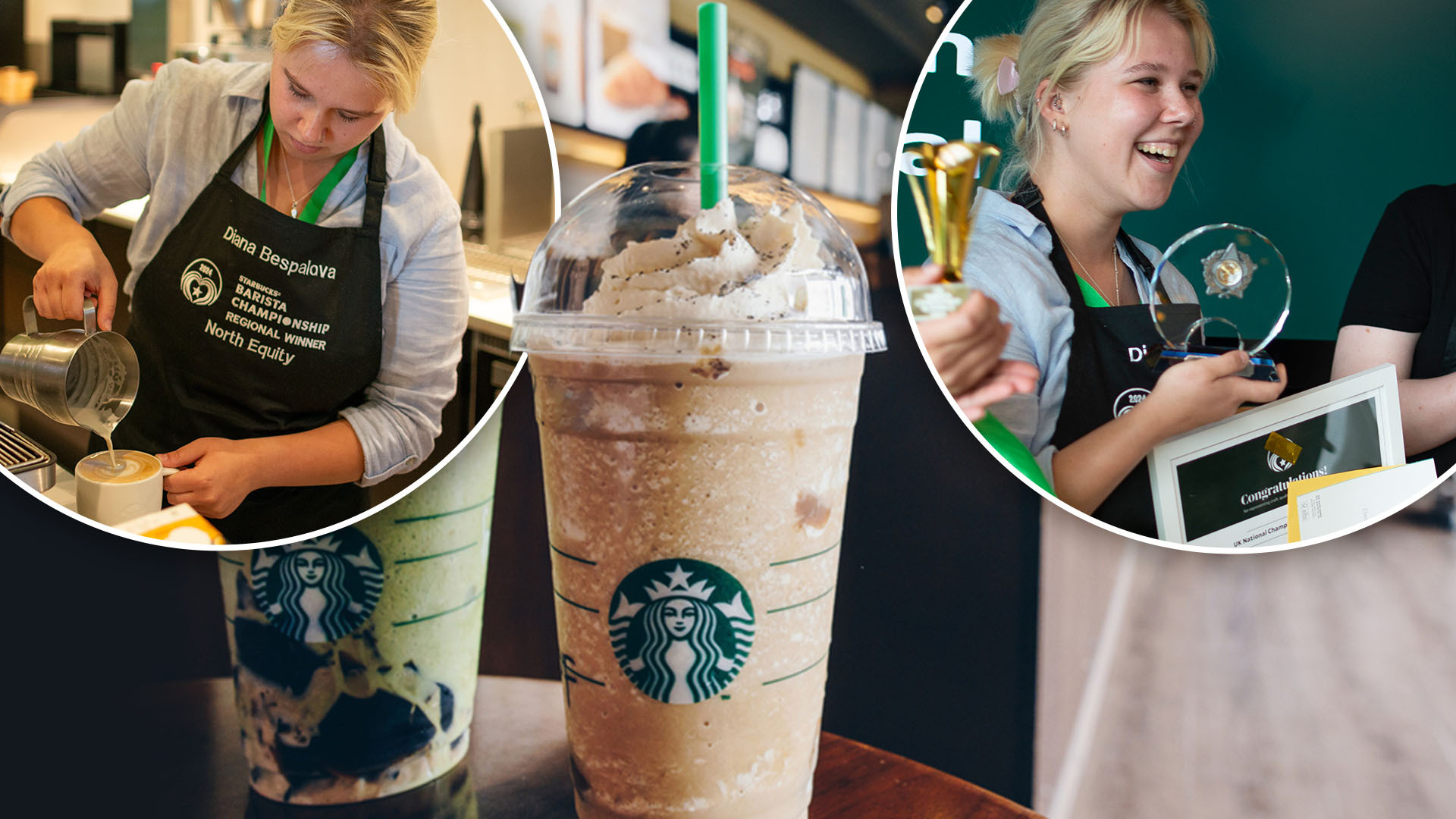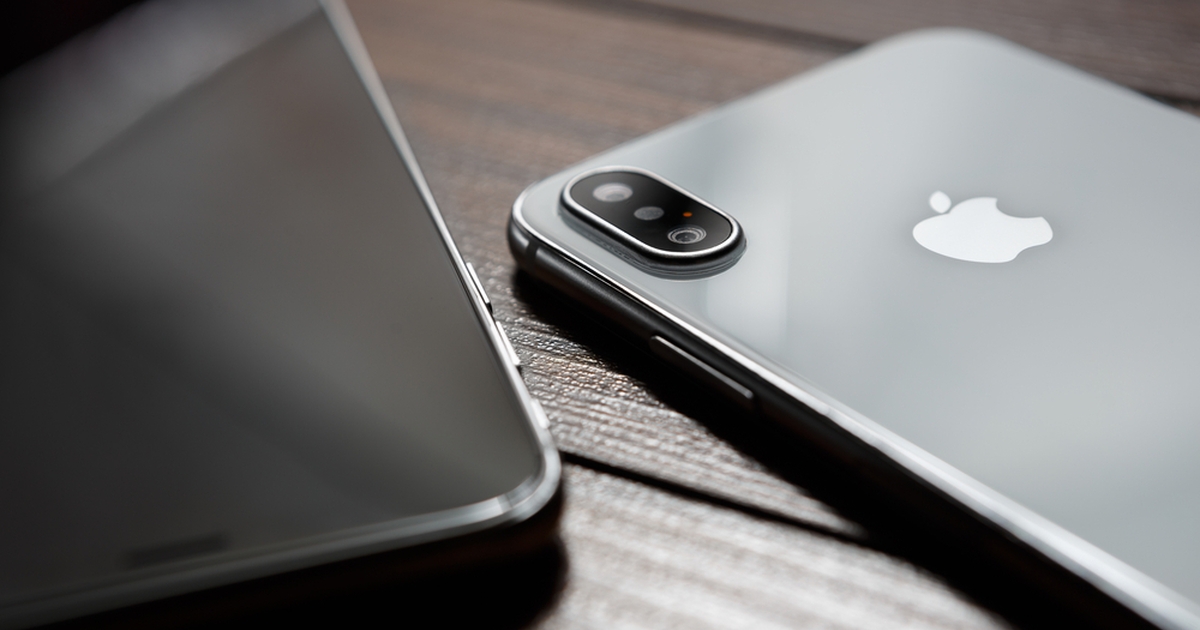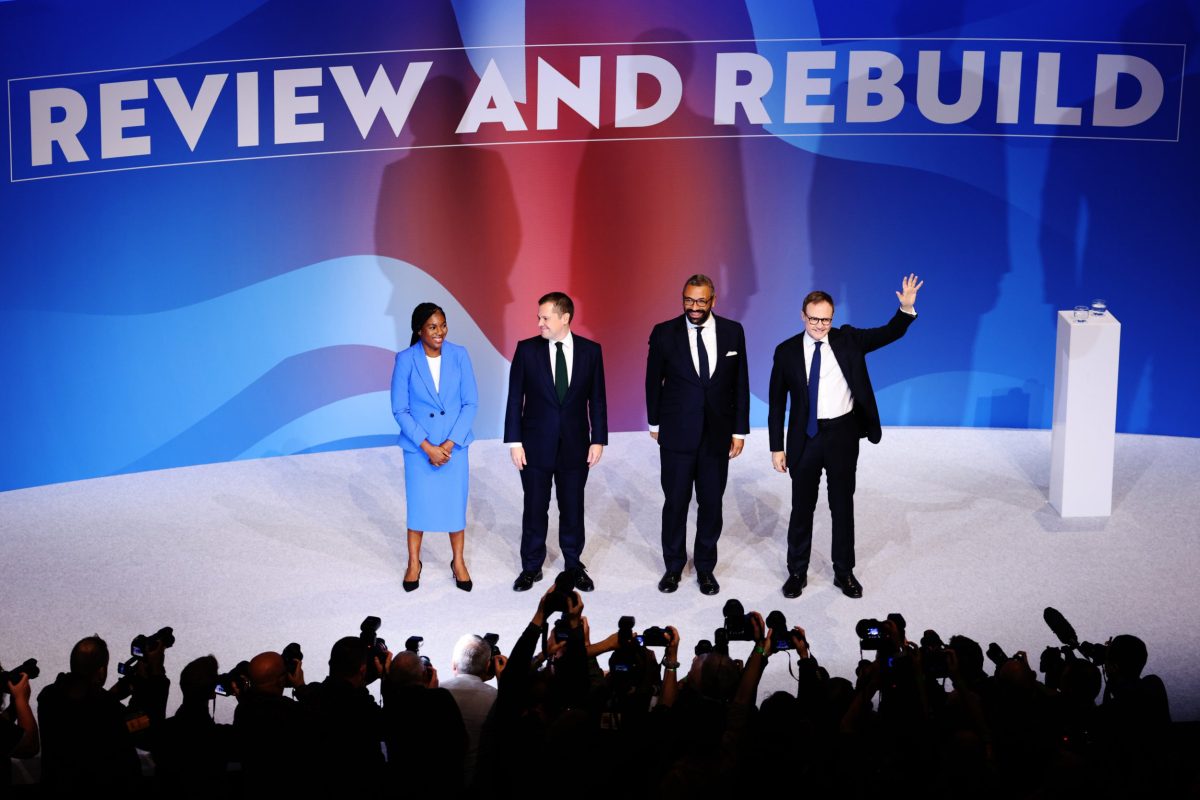In 2017, Dr. Barbi Phelps-Sandall, an obstetrician who has been practicing in the San Francisco Bay area for more than two decades, had just learned about a new blood test only available at select labs for predicting premature birth when the perfect case walked into her office.
At 40, she was pregnant with her third child. Her first was born full term, but during her second pregnancy, she went into labor at 32 weeks.
Because she had a history of premature labor, she was at higher risk of delivering her third baby early as well. But as the primary earner for her family, she could not afford to take time off on bed rest like she had for her second. Phelps-Sandall decided to give her the blood test to help inform any decision they made about her options.
The test, called PreTRM, tracks levels of two proteins in the blood that tend to rise during the second trimester in women who are at risk of delivering early. This patient’s test was negative. That helped Phelps-Sandall and her patient decide to schedule more regular vaginal exams and get more frequent fetal monitoring, but gave them a little more reassurance that she wouldn’t need bed rest.
The baby ended up sticking to its due date. “The blood test made life so much easier because it made us feel more secure,” says Phelps-Sandall.
She now offers the test to every patient she sees, regardless of their risk of delivering prematurely. “It gives us information we never really had before.” Now, women can order it whether or not their ob-gyn knows about it or offers it.
Who can get the test?
Developed by Sera Prognostics, the test is not yet approved by the U.S. Food and Drug Administration but is available for doctors to order as a laboratory-developed test, which means that doctors in any state can order the test but only designated certified labs can perform the analysis. (New York state requires its department of health to certify any laboratory-developed tests for any of its residents, and this approval happened in 2018.)
Doctors can order the prescription test and take a few drops of blood from a fingerprick. They then send the sample to the company’s labs in Salt Lake City for analysis. However, not many doctors are even aware of the relatively simple test for identifying women at highest risk of delivering early.
Read More: What to Expect at a Mammogram
Beginning Oct. 1, any woman can also order the test from the company’s website, either by getting a prescription from her physician or connecting with one of Sera’s telehealth providers. The test kit and instructions are sent to expectant mothers’ homes, where they can collect the blood sample and send it to Sera’s lab. Either their doctor or the telehealth doctor will receive and discuss the results with them.
Why is preterm birth dangerous?
Doctors consider any birth before 37 weeks gestation to be preterm, and it can lead to both short- and long-term health complications for newborns—including breathing and feeding problems, weaker immune systems, and lengthy stays in the neonatal intensive care unit. About one in 10 babies born in the U.S. is premature, according to the U.S. Centers for Disease Control and Prevention.
“This is a paradigm change,” says Dr. Matthew Hoffman, vice chairman of obstetrics and gynecology at Christiana Care Health System who was involved in the studies of PreTRM. “In obstetrics we are faced with two questions: when and how to deliver the baby. This [test] lets us have insights into who is at risk, and put in preventive services [to prevent preterm birth].”
How the test works
The blood test measures levels of two proteins: the sex-hormone binding globulin, or SHBG, and the insulin-like growth factor binding protein (IBP4). It’s not the absolute levels of each that’s important, says Zhenya Lindgardt, CEO of Sera Prognostics, but the ratio of the two between 18 and 21 weeks gestation. Women with higher ratios—as determined by the company’s studies looking at the levels of women giving birth at term and those giving birth prematurely—are at higher risk of going into labor early compared to those with lower ratios.
Because hormone and protein levels fluctuate constantly during pregnancy, the two proteins PreTRM tracks are carefully chosen and measured only when women are between 18 and 21 weeks of pregnancy. Any earlier or later might yield inaccurate results.
Read More: How to Start—And Stick to—A Breathwork Practice
If PreTRM indicates a higher risk of preterm delivery, then doctors can prescribe aspirin, vaginal progesterone, and more frequent vaginal and fetal checks to ensure the cervix remains closed. Currently about half of preterm births in the U.S. occur in women with known risk factors for early delivery, including a history of previous preterm birth or a shortened cervix. But the rest don’t expect, and their doctors can’t predict, that they will deliver early. “In the study, we identified about a third of women who were at higher risk. We were able to identify a much larger group of women, let them understand their risk, and give them tools to manage that risk,” says Hoffman. “This allows us to approach women who didn’t have a history of prior preterm birth, or didn’t have a shortened cervix.”
The promise of preventing more preterm births
With more widespread use of the test, doctors may gain better knowledge about the myriad factors that can contribute to early labor, and ultimately intervene much earlier than 18 weeks if they better understand other factors that are involved. “We should be thinking of this [test] as a population health component to improve the outcomes for both moms and babies long term,” Hoffman says.
The company is completing another study looking at health outcomes for babies whose mothers used PreTRM; the trial was stopped early last December because the initial results also showed benefit.
“PreTRM allows me to get ahead of things,” says Phelps-Sandall. “We don’t have good predictors for this condition. We know of a conglomerate of things that can explain why 50% of babies are born prematurely, but the other 50% are total surprises. This test allows you to catch a lot of those.”










































































































































You must be logged in to post a comment Login